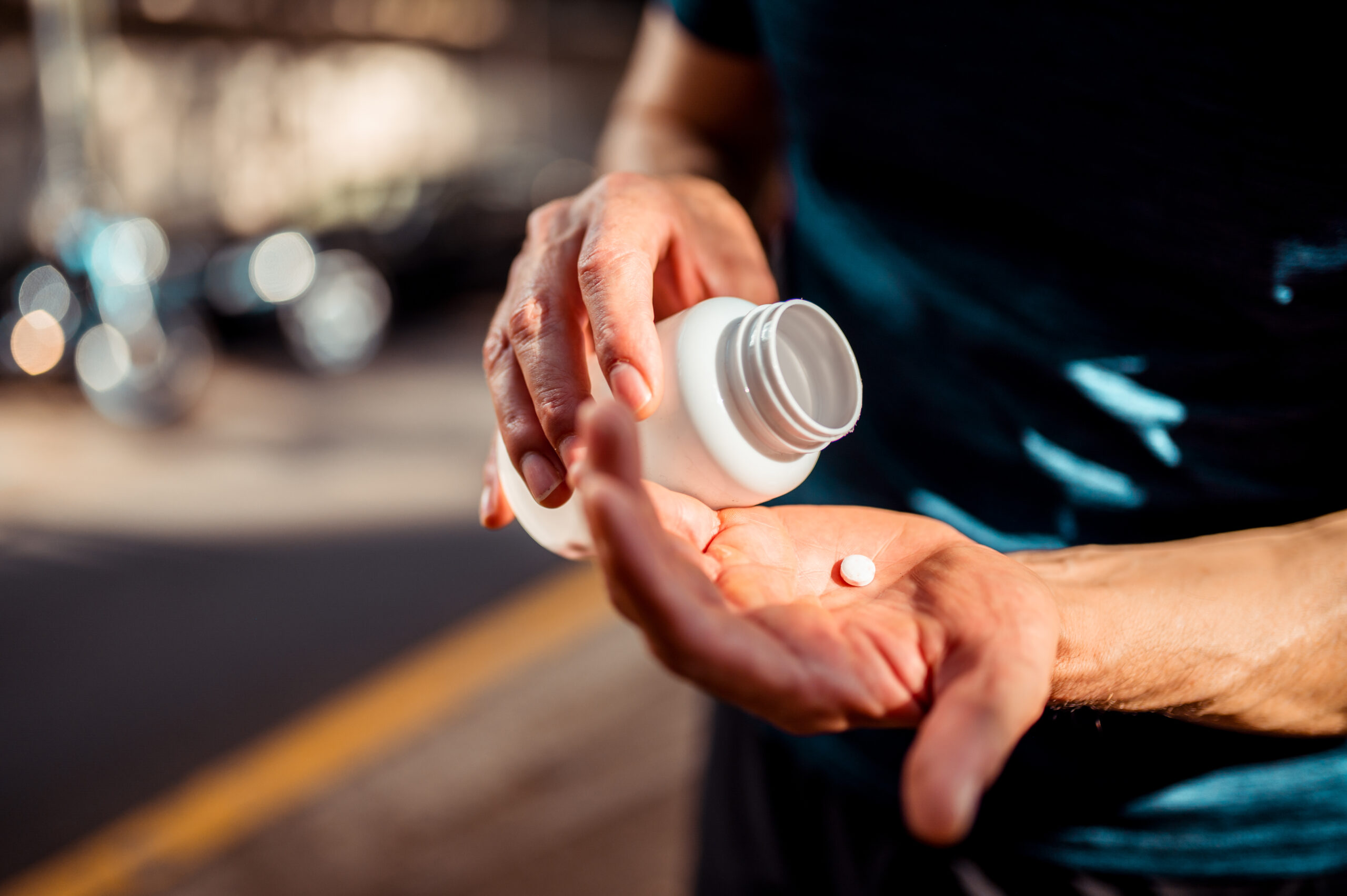If someone says “drugs,” which drug does your mind immediately conjure up? Is it cocaine, heroin, or maybe something a bit greener, like marijuana? For most of us, when we think of drugs, we typically think of the harder drugs, the ones that are illegal — we don’t usually think of prescription medication.
Prescription drug abuse is one of the most common forms of addiction that people struggle with, affecting millions of Americans every year (and that number is only based off of the cases we know about).
Drug addiction isn’t limited to age, and the rate of addiction in mid-life adults has been steadily rising in recent decades. This is primarily due to the increase of major depressive disorder as well as the growing availability and distribution of prescription drugs.
The causes of prescription medication addiction vary case by case due to everyone having their own unique background, but there are certain drugs that have a higher risk of addiction, regardless of your circumstances.
We’re going to share with you the details behind prescription medication abuse and addiction so you can know what signs and symptoms to look out for in you or a loved one.
Medications with highest risk of addiction
Some medications have more of a likelihood of prompting an addiction than others; the most addictive medications are typically recognized to be opioids, stimulants and depressants.
Opioids are the strongest form of pain-relieving medication, and the leading form of prescription addiction and overdose. Due to the nature of this prescription being pain relief, it’s not uncommon for people to start increasing their intake after developing a tolerance for their initially prescribed dosage, often resulting in an addiction.
Opioids are a common mid-life prescription because they can treat chronic aches and pains; opioid addiction amongst people in mid-life is one of the fastest growing medical problems in the country.
Stimulants assist in improving focus, productivity and concentration, and are commonly prescribed to those who have attention-deficit disorder (ADD) or attention deficit hyperactivity disorder (ADHD). Stimulants are most commonly abused by high school and college students, especially around exam time to increase motivation.
Their sometimes-euphoric feeling and vibrant mental clarity can inspire some to use it recreationally, therefore developing a psychological dependence on the drug in order to enjoy things.
Depressants, also sometimes referred to as sedatives, are predominantly used to relieve anxiety and panic attacks, as well as treat certain sleep disorders, primarily that of insomnia. Depressants slow brain activity and lull the user into a relaxed state, leading many people to become addicted to the artificial feeling of peace.
Depressants, like opioids, are commonly prescribed to people in mid-life, most often due to age-related difficulties with sleep.
Causes of prescription addiction
There is no one reason why someone becomes addicted to prescription medication, as each situation, each person, is a little bit different.
It might sound a bit unbelievable to some, but prescription addiction can (and often does) actually happen accidentally. Sometimes the patient discovers the original prescribed dosage is no longer strong enough and increases their intake. Other times, the patient may no longer need the medication and decide to stop using, but then experience withdrawal symptoms and continues using to avoid the symptoms.
We all have different backgrounds, different experiences, different struggles — and all of these factors (not to mention our environment and personal genetics) play a role in the development of an addiction.
Prescription addiction and baby boomers
The baby boomer generation was known for their wide-range experimentation of drugs, namely in the 1960’s and 70’s. For some, they quit for a while but then returned to drugs as a method of coping; for others, they never actually fully stopped using their substances of choice.
Recent studies have shown that middle-aged adults are more likely to develop a prescription drug addiction than their grandchildren for a variety of reasons, accessibility being a big one.
Mid-life is often when many people begin experiencing chronic conditions (such as arthritis, depression, insomnia), giving them more opportunities than minors to seek out prescription medication, as well as more motivation than significantly older adults.
In addition, many baby boomer-era adults are still reluctant to engage in mental health services due to stigmas and stereotypes, leaving statistics to share only part of the story.
Reach out for help
Prescription medication addiction is a growing epidemic in the United States, with millions of adults developing a prescription drug addiction each year. If you think you or a loved one may have developed a prescription drug addiction, seeking professional help is going to be one of the most important steps in your recovery.
Here at Silver Ridge Recovery, we’ve developed a compassionate team to help people break free of addiction and reclaim authority and freedom in their lives. We believe that an effective recovery plan requires not only proven treatments, but should be tailored for you specifically, as well as be adaptable for your progress.
If you want to speak with a representative to learn more about our customized treatment plans, we’re here to answer any questions you may have.
Send us a message today or give us a call at 855-945-7788.



